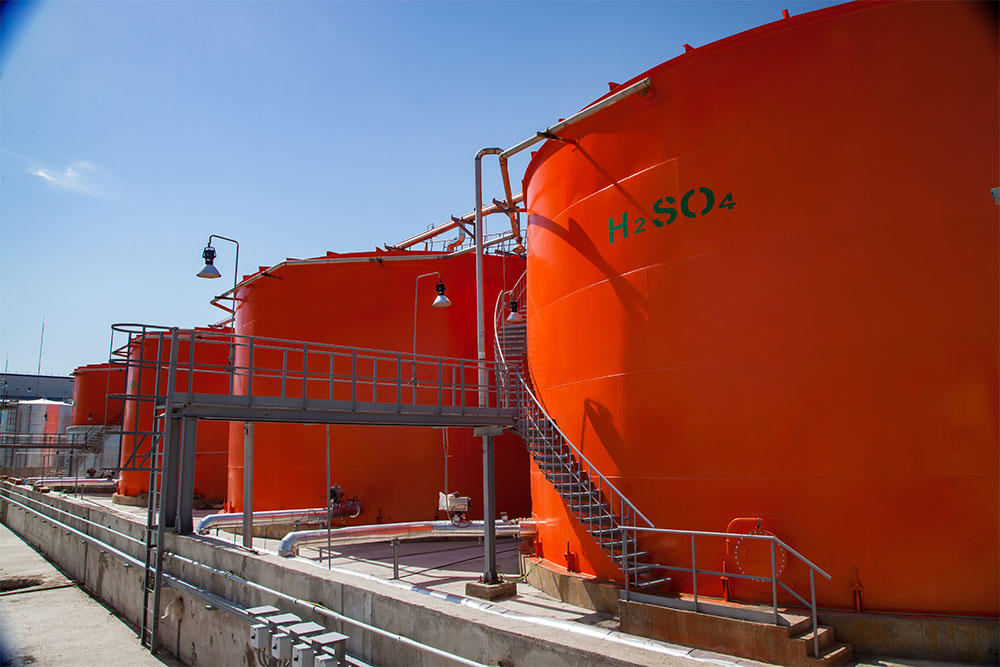As part of gas detection, it is possible to measure the presence of flammable gas concentrations both using detectors with catalytic sensors (also known as Pellistori) and infra-red detectors.
On the other hand, the detection, of toxic gases is possible with the aid of electrochemical cells, with the exception of CO2 which is detected using infra-red sensors.
The main advantage guaranteed by catalytic sensors regards not only their long life (about four years) but also excellent output linearity, up to 100% LEL. However, the performance of these systems may be altered by the presence of certain substances, which can significantly modify sensor response and, in some cases, even go so far as damaging it irreparably.
One of the main causes of problems in gas detection is the presence of inhibitors or poisons and, for this reason, it is always advisable to ensure that there is no contamination. Toxic substances and inhibitors which could alter the result of gas detection include silicones, halogens, hydrogenated hydrocarbons, tetraethyl lead, hydrogen sulphide and sulphur dioxide.
However, it is important to bear in mind that these compounds do not cause any damage to infra-red absorption sensors which therefore prove to be the ideal application where flammable gas is required to be detected in environments where catalytic sensors would be ineffective or cannot be used. Infra-red gas detectors boast undoubtedly advantageous technology since they are totally immune from environmental factors such as humidity and temperature.
Electrochemical sensors are the most suitable for detecting toxic gases and oxygen. They have a life expectancy of approximately two years, with the exception of models for ammonia detection, which have a shorter life (equal to one, maximum two years). The actual life of the sensor is strongly interconnected with the concentration of gas in the environment, and it is inversely proportional: this means that, compared with a high gas concentration, life expectancy of the system will be shorter.
Electrochemical CO detection sensors have an estimated life of three years when used in garages or car parks, and two years for applications in laboratories and industrial environments.
Special attention should be paid to the installation of these gas detectors in environments with poor ventilation, resulting in the constant presence of CO, as these conditions could adversely affect the life of the appliance. This reduction in life expectancy cannot be accurately estimated, since it depends on the actual ppm concentration to which cells are regularly exposed.
The importance of periodic checks in gas detection
In the context of gas detection, a crucial role is played by periodic checks, which have the aim of monitoring the proper working of detectors.
Depending on the emission type (I0 or II0 degree) present in the environment where they are installed, gas detector checks need to be carried out at three-monthly or six-monthly intervals (Ref. CEI 31-35 for explosion detectors; also applicable by analogy to other detection technologies).
Sensitron branded gas detectors are suitably calibrated during production. Their alarm threshold and measurement range are parameters that can be changed at the customer’s request, directly at our laboratories.
We remind you that the product warranty is not valid in the cases of appliances that have been:
- Tampered with
- Repaired at unauthorised workshops
- Damaged
- Not used correctly
- Have not undergone the necessary periodic checks
Finally, please note that, also under the validity of the product warranty, verification and calibration operations are excluded, as they are not covered under the free maintenance clause.

